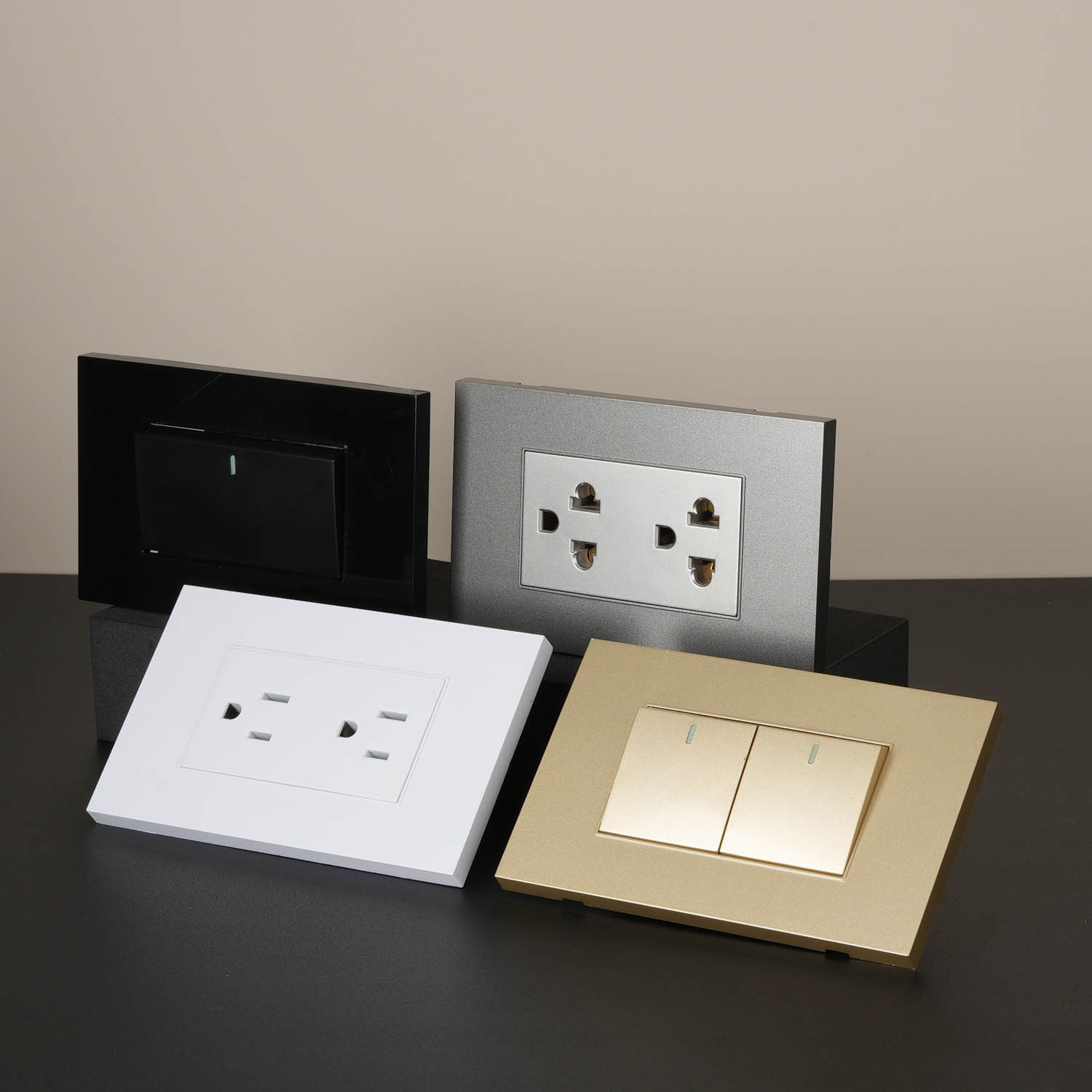Categories
- Blog (315)
From charging smartphones to running kitchen appliances, their versatility is unmatched. This exploration of wall sockets will traverse their evolutionary journey, functional intricacies, and wide-ranging utility in contemporary life. Throughout history, wall sockets have evolved from basic designs to sophisticated configurations, ensuring safety and compatibility with diverse plug types. Their primary function is to establish a secure connection between devices and power sources, enabling seamless operation. In modern living, wall sockets find application in various settings, from homes to workplaces, facilitating tasks ranging from lighting rooms to powering electronic gadgets. Their unassuming presence belies their indispensable role in our daily routines, exemplifying reliability and convenience in electrical connectivity.

The history of wall sockets can be traced back to the early days of electricity, with the invention of rudimentary socket designs in the late 19th century. Over time, these basic designs evolved to incorporate improved safety features, compatibility with different plug types, and standardized configurations to meet the needs of evolving electrical systems.
Wall sockets come in various types and configurations to accommodate different plug designs, voltages, and international standards. Common types include standard sockets with two or three slots, grounded sockets with additional grounding pins, and specialized sockets with USB ports for charging electronic devices. Each type is tailored to specific requirements and regional electrical codes.
The primary function of a wall socket is to provide a secure connection point for electrical devices to access the power supply. When a plug is inserted into the socket, it establishes a connection with the electrical wiring behind the wall, allowing electricity to flow and power the connected device. Wall sockets are designed to ensure safe and reliable electrical connectivity, with features such as insulation, grounding, and overload protection.
Wall sockets play a pivotal role in powering a wide range of electrical devices and appliances in our everyday lives. From charging smartphones and laptops to operating kitchen appliances and entertainment systems, wall sockets enable us to carry out essential tasks with ease and convenience. Their versatility and reliability make them indispensable fixtures in modern living.
With the rise of smart technology, wall sockets have evolved to offer advanced functionalities and compatibility with interconnected ecosystems. Smart sockets, equipped with wireless connectivity and programmable features, allow users to remotely control connected devices via smartphone apps or voice commands. These intelligent sockets offer convenience, energy savings, and enhanced automation capabilities.
Looking ahead, the future of wall sockets is poised for further innovation and integration with emerging technologies. Trends such as wireless charging, energy harvesting, and integration with smart home systems are expected to shape the next generation of wall socket design. Additionally, advancements in materials and manufacturing processes may lead to more sustainable and eco-friendly socket solutions, aligning with the growing emphasis on environmental responsibility.
Conclusion:
In conclusion, wall sockets are versatile and indispensable components of our electrical infrastructure, enabling us to power a diverse array of devices and appliances in our homes and workplaces. From their humble beginnings to their current state of technological sophistication, wall sockets have evolved to meet the evolving needs of society. As technology continues to advance, wall sockets will remain essential fixtures in modern living, facilitating convenient and reliable electrical connectivity for generations to come.